Ronin Katana Elite Review
Is this the Best Production Sword Made Today?
By Paul 'Batman' O'Brien
B.A., N.C.E.H.S., Dip. Acu., Adv. Dip. OBB, Cert Clin. Med. Pn1, PN-SSR, PN-NCA, M.AFPA, M.ETCMA, M.C.Th.A.
The Ronin Katana Elite Review today focuses on the upper end model supplied by Ronin Katana. Ronin Katana are a beloved brand on the SBG forums, however my experience has been more mixed. I'll expand on that in a moment in the introduction, however I decided to put the higher models of Ronin Katana to the test and provide a comprehensive comparison series between the Ronin Dojo Pro, the Ronin Elite and the Ronin Deluxe Hammer Forged series. To date, no one has done such a review between all these models. This Ronin Katana Elite Review is the 2nd part in that series...
The Ronin Katana Elite Review Introduction:
Each year Ronin Katana, the company developed and founded by Chris Scoggin's does a run of its Elite blade series. Each blade is unique. It's one a kind, not just in terms of the blade, but also its fittings (koshirae).
I had originally purchased a Ronin Dojo Pro, a sub $350 model to get a rough idea of the quality and build of these blades before investing in the more expensive range. You can read my original review here -
After this I felt:
" That said I don't think I'd be prepared after receiving this to buy into the more expensive model. As I mentioned in the review I was getting this as a cheap tester to determine the basic level quality of the forges work and standards. And it's good for a $350 dojo cutter, I'm not entirely convinced though that the level of the sword quality will go up with the price point - though I could be, and look forward to being, pleasantly surprised. "
Fellow review Marc Ridgeway of Torion Swords, assured me he'd made a similar assumption and that he was wrong. In fact he stated,
" The elite blades are my pick for far and away best production blade made."
Now that's a big, big claim. Could it be true?
For my money, right now - the BEST production blade out there is the Paul Chen Tori Elite Xl Light. That is a staggering good blade. Granted it's also more expensive than the Ronin Katana Elite Review blade I bought, but could the Elite series REALLY offer bet value and equal or greater quality?
That's what made me curious. That's what despite my misgivings convinced me to order these Ronin Katana Elite Review blades. I think the Hammer Forged is a better comparison and that's going to reviewed fully as well. However, the Elite is the higher priced model so I'll be keeping the quality and standard of the Tori XL Light in mind throughout this review too.
The Ronin Katana Elite Review History:
Ronin is a relatively new company, so I'll be focusing on the historical connections of this blade to history, in this case the blade itself and the tsuba.
Firstly the blade as we'll see later in the review is made in the soshu kitae tradition.
Ronin Katana Elite Review Blade and the Soshu Kitae Tradition
The Style of 7 Panel Steel.
Throughout Japanese History there have been several schools of sword making. Among these the Soshu school, also known as the Sagami School was a centre of swordmaking in the Sagami Province (相模国) and focused in the town of Kamakura. It was in this town in the year 1192 that the first Shogun, Minamoto no Yoritomo (源 頼朝) established his shogunate government. As a centre of military government in feudal war based society you can imagine the great smiths and metal workers and craftsmen were attracted to the intense military atmosphere.
Overtime several distinguished smiths branched out, among them the Yamashiro Branch, the Bizen Branch and the Soshu branch.
It this final branch that we must focus upon, as a young swordsmith of the Soshu Branch introduced a revolutionary manner of sword making. His name was Masamune and today he is considered the greatest sword maker of all time.
The Kamakura Shogunate was shock to its core in 1274 and again in 1281 by the Mongol invasion of Kublai Khan. Used to a nearly formulaic history of samurai vs samurai conflict the forces of Japan were completely unprepared to face the battle tactics and the weaponry Mongol horde.
Defeated samurai would wander off the field of battle clutching the remains of their once stunning swords now broken and irreparably damaged on the Mongol armour. Had it not been for the spirit wind or divine wind (Kamikaze 神風) and the timely destruction of the Mongol flee Japanese would almost certainly have lost.
They were given a reprieve and it was during this tumultuous time of uncertainty that Masamune developed the soshu kitae tradition.
In a state of high alert for a third invasion, the shogunate determined the swords of the samurai needed greater practical strength. Smiths began making more robust blades, making them wider, longer and the new style was perfected in around 1320, by Masamune. The new style formed the 4th distinctive tradition in swordmaking and is known as Soshu-den.
It is a method by which 7 panels of steel are combined. The centre of the blade is made from malleble softer steel, giving the blade exceptional flexibility. To this a layer of harder steel is bonded to each side, adding support and strength to the core. The final layer is a very hard steel laminated to the top, bottom, and both sides of the core. This hard layer adds great strength but also brittle steel, that can be hardened to a razor sharp edge. Combining these layers of steel, Masamune produced a blade that could keep a razor sharp edge yet maintain a level of flexion and the ability to absorb force that made them near unbreakable. It was the ultimate evolution of the Japanese sword - a technology that is still unrivalled today.
The Ronin Katana Elite Review Blade here maintains this tradition - each of their blades is hand forged by a Master Smith who has obtained at least two of the three government awarded ranks.
The Ronin Katana Elite Review Blade and the Musashi Tsuba
The particular Ronin Katana Elite Review blade I've selected features a "Double Ring" tsuba known as the Musashi style tsuba.
The tsuba is commonly referred to as a double ring, and yet is in fact the depiction of 2 sea cucumbers. It's not double rings, which people mistakenly assume is a reference to the 2 sword style of Musashi known as Niten Ichi-ryū (二天一流). This tsuba design actually pre-dates Musashi by nearly 100 years and was originally from the Ko-Shoami style.
So why is it known as the Musashi Tsuba?
This tsuba did not appear on Musashi's blades, nor in art, pictures or even movies dedicated to the man.
It is referred to as the Musashi tsuba because of Musashi's role as an artist. Musashi was more than simply a samurai, he was an avid artist. He was a poet, painter, writer and sculptor. In this capacity he made several tsuba depicting sea cucumbers - including the now famous "Musashi Tsuba".
On a personal note, I choose this particular sword because of my school and lineage. I train in the Kenseikai Dojo - a dojo named after the Kensei - the "Sword Saint", Miyamoto Musashi. I wanted to have a sword that reflected my connection to the great tactician and sword master.
Ronin Katana Elite Review Disclosure Statement:
I bought these directly from Ronin Katana at full price. No special consideration was given beyond that of a normal customer, however Chris very kindly did give me free shipping as I was purchasing multiple blades and I was a repeat customer.
Ronin Katana Elite Review Vital Statistics:
As per my email to Irish Customs ;-) this Ronin Katana Elite Review blade features :
- Blade lamination: Traditionally made Soshu Kitae seven panel steel
- Steel: 1095/1060/1045
- Tempering: Traditional differential hardening (clayed) and water quenched
- Rockwell Hardness: 62 edge / 40 spine
- Fittings: Traditionally themed tsuba, fuchi, kashira, and menuki
- Kurikata, Koiguchi, Kojiri: Polished buffalo horn
- Polish: Traditional Japanese finger stone polish.
- Blade length: 29 inches (habaki to tip)
- Over all length: 40.9 inches
- Tang: Full tang with Ronin kanji.
- Grip: 10 inches
- Wrap: Silk ito over genuine ray skin. (hand wrapped)
- Saya: Silk sageo buffalo horn inserts
- Cost: $825.00
Ronin Katana Elite Review Initial Impressions:
The Ronin Katana Elite Review sword arrived in a large brown box, inside of which is the Ronin Katana box. This was also bubble wrapped for safety. Opening the box I saw a beautiful black silk bag with golden cherry blossoms with a gold Fusa Himo.
Inside this I pulled it out to reveal.....well you can check it out here -
WATCH MY RONIN KATANA ELITE REVIEW INITIAL IMPRESSIONS VIDEO BELOW
On my first glance I thought Ronin Katana Elite Review blade was a beautiful sword. I was excited...and then I noticed some problems with the blade.....and I got completely bummed out. I was disappointed. It was complete conformation that my initial concerns were right - "I'm not entirely convinced though that the level of the sword quality will go up with the price point".
I needed to clean off the oil and really scrutinize this blade...as I did so I couldn't shake the feeling that this wasn't the sword I thought it was going to be an certainly not what Marc Ridgeway assured me was "far and away best production blade made."...
You can see my continuing worry here. Take a look back at the first video above - I was genuinely excited...and then well I couldn't hide my disappointment and I'm not going to pretend otherwise. I'm not going to simply say this a great sword when I see problems despite what an incredibly nice guy Chris is - (and he is - the amount of trouble he went through to actually get these swords to me and to other students of the Kenseikai Dojo here in Ireland was above and beyond - his customer support is awesome!).
Further...after this I contacted Chris directly and briefly addressed my concerns. He immediately got on to me and without hesitation offered me a full refund. However, as per my initial video I was committed to fully reviewing this blade and the Hammer Forged blade in detail...and I'm glad I did.
Ronin Katana Elite Review Detailed Analysis:
This is a sword that requires a HIGHLY detailed examination. From a first glance it's a unique and beautiful sword. A little closer and I start seeing flaws, some minor, some maybe very major...but before I dismiss it, I owe it a thorough inspection. I want very much to like this sword. I don't want to feel like a fool for going against my initial instincts and taking a chance on it...so with that in mind...
Overall Appearance: Taken in totality this is a LOVELY looking sword. The unique clear lacquer showing the full beauty of the wood and its grain pattern is perfectly complemented with the ruby read buffalo horn. The black silk sageo looks rich in colour and smooth in texture.
The delicately hammered Musashi Tsuba hints at age and use, battle. The slight tapering of the tsuka gives a sense of balance and grace and the plain iron fuchi and kashira give a sense of the simple direct method of swordsmanship of Musashi. Finally the dragon menuki, are excellently contrasted in gold against powdered black.
On opening the habaki, snugly fits the koiguchi and reveals a blade with a subtle hamon...milky white haze meeting cold blue steel.... it's an exciting sword...and yet.....
The Saya: Painted in a high gloss clear lacquer finish, it reveals the natural wood underneath. This is often referred to as "Mokuzaya" (Wood Saya) style. Traditionally made from Honoki wood. This wood is light and salt free and has a very low moisture content compared to other woods, making it ideal for the carrying of a blade.
The Saya is complemented by deep brownish ruby red buffalo horn mounts on the kurikata, the koiguchi and the kojiri. These match the plain wood perfectly and create a sense of a spring evening on the saya. It's light, uplifting but with serious undertones; Deepness in still water.
On closer inspection there are several white scratches and a small chip in the buffalo horn of the kojiri. This sadly is a common hazard of shipping.
The attachments of the buffalo horn to the say at the kojiri and koiguchi are a little rough in patches but only on close up inspection. The mouth of the koiguchi is excellently finished.
The Tsuka: The handle of the sword is as important as the blade itself. It is the point that requires proper care and attention for if the tsuka is poorly made, the blade will not be secure and this can lead to serious consequences should one try to cut with it.
This is one of my favourite aspects of the Ronin Katana Elite Review blade. The tsuka itself is ergonomically designed and tapered to provide a better fit.
The Menuki: The menuki are ornaments placed on the tsuka, beneath the ito wrap. These are often used to secure a better grip on the tsuka and often feature excellent carving and design. They tie together the artistic theme of the sword and often have specific meaning to the owner of the sword.
On this sword we find some excellent dragon style menuki. Highly detailed in gold with a blackened background.
The Fuchi and Kashira of the Ronin Katana Elite Review blade are well made and simple plain blackened iron. There is only the slightest trace of a cast line which is excellent. The Fuchi is adorned with gold shitadome.
The habaki (this is a metal collar above the tsuba, and helps secure the blade in both the tuska and the saya). Is excellently fitting for this blade, made of brass and features two simple horizontal line engravings with a series of tight vertical lines towards the tsuba. This is known as shonai habaki.
Speaking of the Tsuba, it is well fitted in the Musashi style and hammer dinted. I quite like this. I've covered the detail and history of the tsuba above and won't repeat it here. One minor fault, it is slightly, ever so slightly, offer centre and pointing a little to the left.
The Ito (wrap) of the Ronin Katana Elite Review blade is with black silk and hand bound in the Hishigami style. The Hishigami method involves using little paper triangles, traditionally made out of rice paper, that are inserted into the folds of ito to reinforce the shape of the “diamonds” during the use of the sword. The strands of the cord are criss-crossed over to make these diamonds. The purpose of which is to secure the grip on the same (ray skin) underneath.
The wrap is good for the most part. A little loose in key areas around the menuki which allows them to slide too much. In addition I find the diamonds are too small and a little uneven to allow proper purchase of the blade. Ultimately I'll re-wrap this myself at some point.
The Blade (Nagasa): As nice as fittings and saya's may be the worth of a sword comes down to its blade and this is where I received an unpleasant surprise. As discussed above this blade is the soshu kitae tradition. 7 Panels of steel. A good polish should reveal the subtle transitions and changes in such a blade. And in a very particular light and angle you can make some of this out. The polish however isn't great despite being advertised as a Japanese finger stone polish. You can't really see the differences in steel as well as you should.
Beyond that the hamon is in the notare-midare (irregular wave) style and is quite wonderful. Both subtle and electric at the same time. The habuchi (the border between the hamon and the hara-ji) is subtle, cloudy and wispy; like tendrils of smoke curling through the blade. Inside of the hamon is a clear and distinct. The nioi-guchi is quite tight.
The kissaki viewed from the side is quite excellent. The kissaki is an o-kissaki style. The Boshi (the area of the hamon in the kissaki) is in the Hizen school style of jingo boshi and attempts the Ko-maru agari look. It doesn't quite pull it off. But that's only a minor cosmetic issue and has no bearing on the blade itself....however there is a serious problem with this blade.
Two of them actually....
Sticking with the kissaki - viewed from the mune front on it becomes very apparent that the angle of the ko-shinogi and the bo-hi do not match on each side. This throws the diamond shape of the kissaki completely off and unbalances the blades geometry. You can see this in the images below.
As you can plainly see the right hand side of the ko shinogi is lower, by about 1 cm. Thus the angle is much steeper than the left side. The kissaki therefore looks lopsided.
To be completely honest, not many people buying these swords would spot that or care. But it bugs me. A lot. Particularly as these are touted as the best production swords available. Given my Ronin Dojo Pro has a bent kissaki on arrival I seriously wonder about the level of "quality control". Not a SINGLE one of my Paul Chen blades has imbalanced geometry like this.
And then there is problem 2.
The blade is warped.
The blade very subtly mind you, but definitely tapes off to the right hand side when held in chudan no kamae.
When I spotted these I was gutted. Absolutely gutted. Granted I expected a LOT from these blades. Perhaps more than was realistic at the price point. It was $825, perhaps that's ok for an ok, not perfectly symmetrical kissaki and ko-shinogi. But for $825 I expect my blade to be straight. Very. Very. Very. Disappointed.
Sure, I can fix this easily enough - but that's not the point. I paid $825 for a brand new sword and it arrives bent.
I suspect, given the location of the bend somebody screwed up the test cut a little. :-(
At this point in my initial review I was going to take Chris up on his offer of the refund.
But I didn't...
...and here's why....
Ronin Katana Elite Review Functional Assessment:
I had already done a paper cutting test earlier for my initial impressions and this blade passed that easily. It's razor sharp.
Beyond that, the Ronin Katana Elite Review swords are designed to be Dōtanuki blades.
These are legendary swords designed to cut through both limbs AND armour. A Dōtanuki is generally thick and wide - and this is, compared to many production swords (with the exception of the Paul Chen Tori Elite XL and XL Light - both of which have ticker and wider blades than the Ronin).
The Ronin Elite is a strong looking blade. The geometry of the kissaki is off, but that won't hugely affect cutting performance. And I had ordered all those mats....
So I disassembled the sword (and MY GOD it was hard the mekugi were smashed into the blade something fierce). It took great effort to get them moving. But I stripped it out and laid it down and set about fixing the warp. That's SLOW work. You don't want to go too fast or simple brace it on your knee - you could bend it too much the other way, and each bend stresses the metal and weakens the blade.
So I straightened it. And then I went cutting....check it out below....
WATCH MY RONIN KATANA ELITE CUTTING TESTS BELOW
Ronin Katana Elite Review Tameshagiri (Test Cutting):
Like a knife through butter. For the record these are 2 rolls of Tatami Omote, soaked for 12 hours. I even pulled off a free standing horizontal (Suihei) cut later in the day. You can hear the tachikaza from the correct hasuji (blade alignment) for each cut and unlike the Ronin Dojo Pro you can't feel the cut at all. It's incredibly smooth....but...it's still not as smooth or fast as the Paul Chen Tori Elite XL Light....
Currently in terms of cutting smoothness, speed and manoeuvrability it's getting solid 2nd place - but keep in mind the Ronin Elite is a $825 sword where as the Tori Elite XL retails between $1,530.00 $1,700.00 - you could literally by 2 Ronin Elite's for the cost of the Paul Chen Tori and Ronin does the job just fine. :-)
Ronin Katana Elite Review Conclusion and Insights:
I was worried about the quality of these swords. And it turns out my concerns were justified. There were problems with the blade and there shouldn't be. Two of my colleagues also purchased blades from Ronin and I'll have a look at them a little later and compare. If the same errors are present that's a BIG problem, if not and this is an isolated incident I'll simply consider myself a little unlucky with the Dojo Pro and this....I'll put it this way...I'm looking forward to reviewing the Ronin Katana Elite Hammer Forged Blade....
For all that - this is a good sword, a great sword once I corrected the bend. It's beautiful, well crafted in many respects and an EXCELLENT cutter.
Pro's
- Beautiful Clear Saya
- Stunning hand cut buffalo horn
- Beautiful and well balanced Tsuba
- Good quality fittings
- Excellent fit habaki
- Gorgeous hamon
- Great cutter
- Great Customer Service
Con's
- Bad kissaki geometry and poor ko-shinogi
- Not a great "Japanese Finger stone polish"
- Ito wrap okay (that may be fine for many, just not me)
- Bent blade.
- Minor chips and scratches
As you can see the con's while some quite serious are far outweighed by the positives....
Ronin Katana Elite Review Straight Cut:
These are good swords...NOT great swords and I don't think they are deserving of the remarkably positive praise that they have received on some forums and from some reviewers. They simply aren't THAT good. They aren't the best production blades made. It doesn't compare to the standard to the Paul Chen Tori Elite XL or the Tea Culture katana etc...but those are VERY expensive high end production pieces.
For the price the Ronin Katana Elite offers BRILLIANT value for money - it cuts NEARLY as well as the Tori but it does so for LESS THAN HALF THE PRICE! That's pretty great value in my book.
If I had the choice, I'd try and pick up a Tori Elite XL Light for second or third hand if it's in good condition... at perhaps $600 - $700. If you can't a brand new Ronin Katana Elite is brilliant second option.
Return from the Ronin Katana Elite Review to the Sword Reviews Page
Click here to return to the Way of the Samurai Home Page
Free Samurai E-books
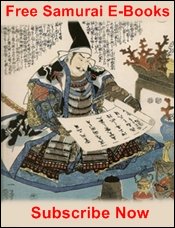
Get Free Exclusive Samurai Guides and E-books
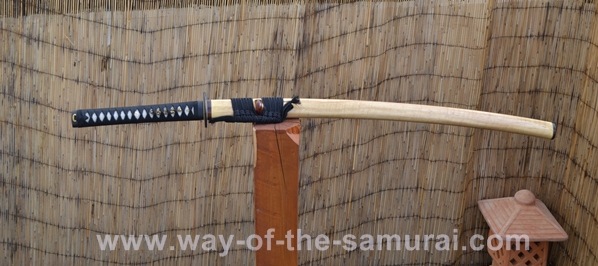
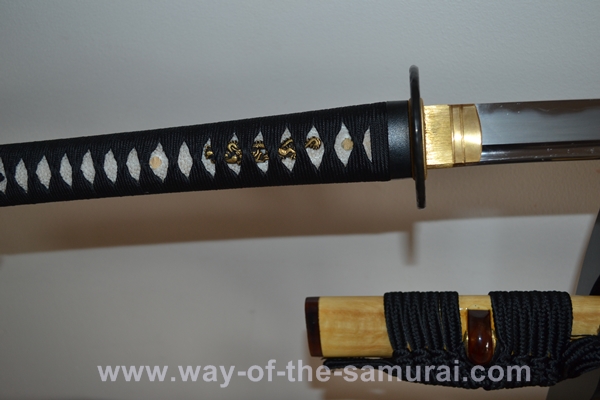
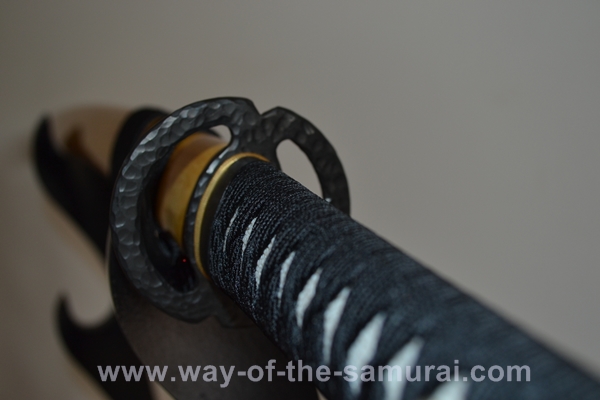
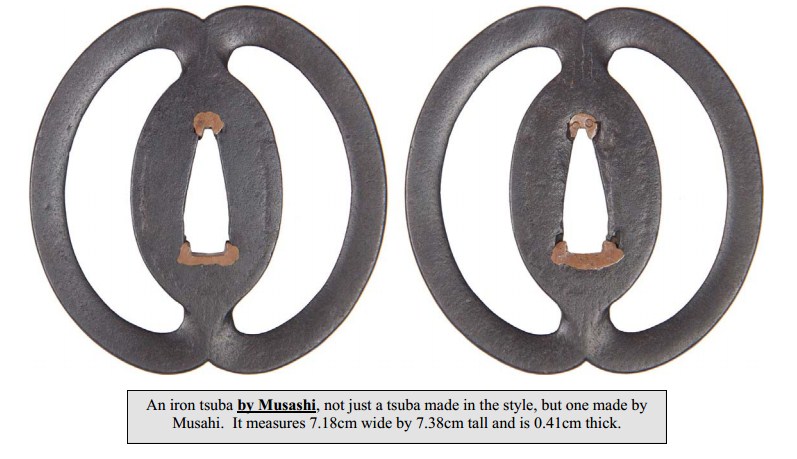
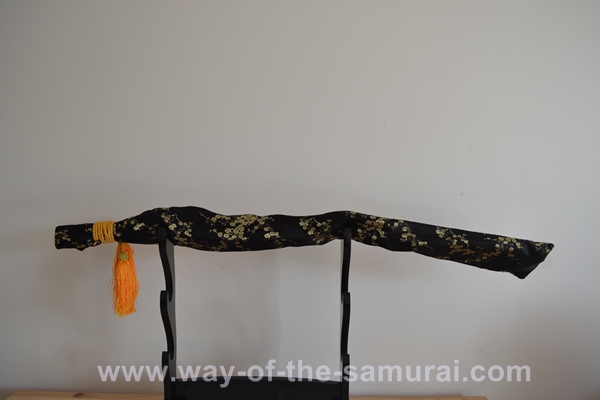
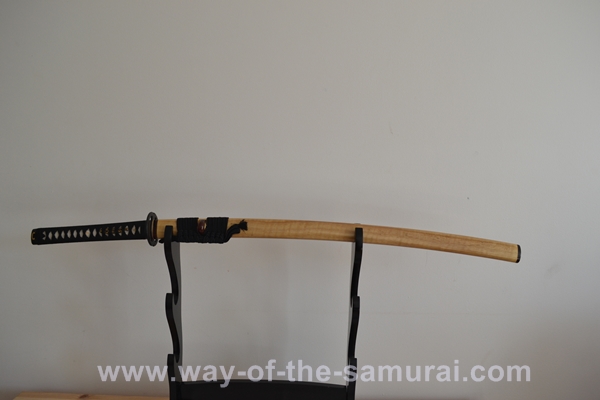
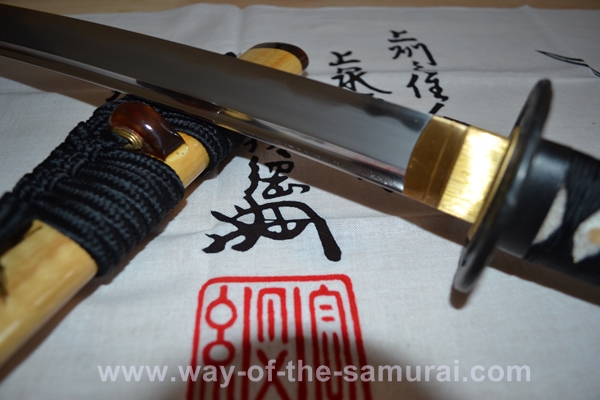
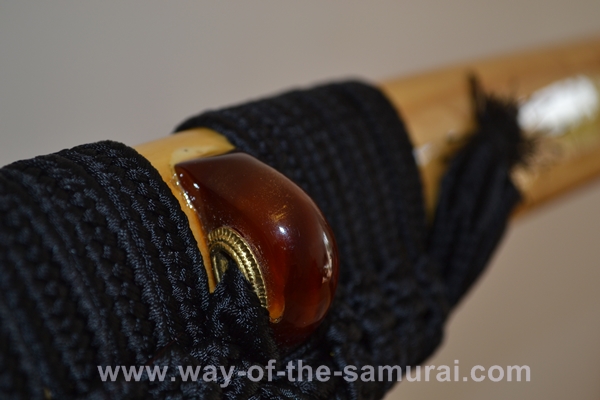
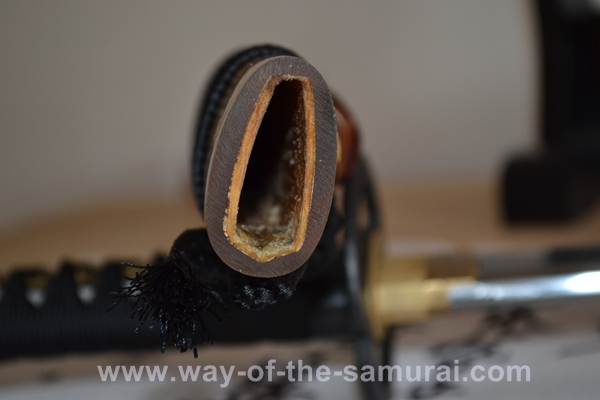
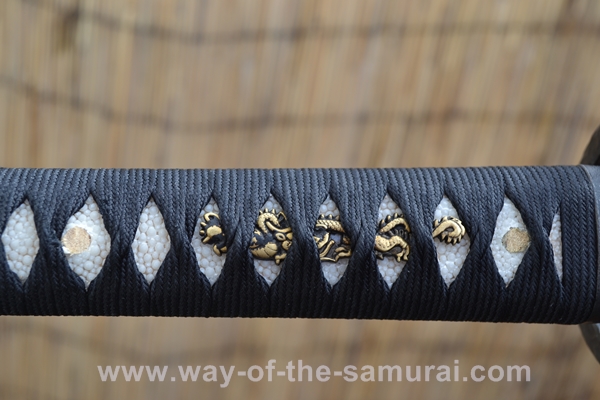
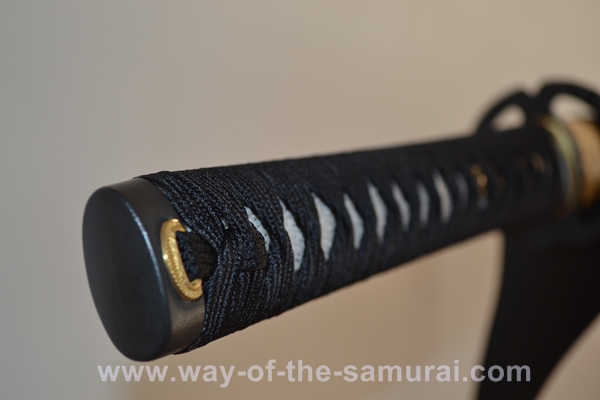
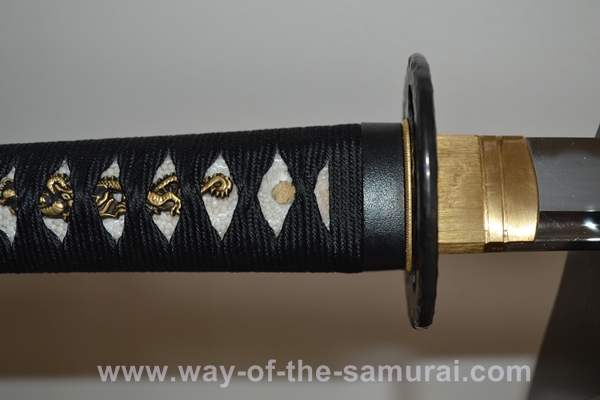
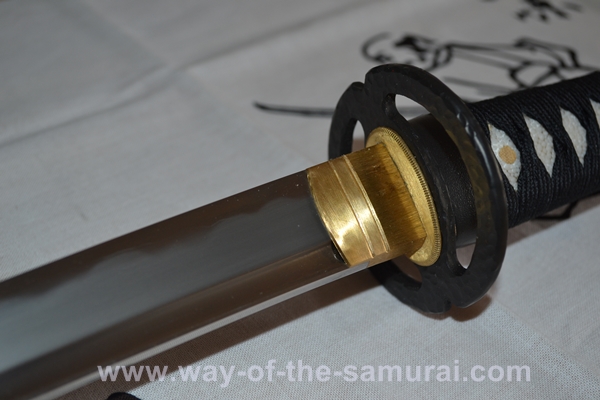
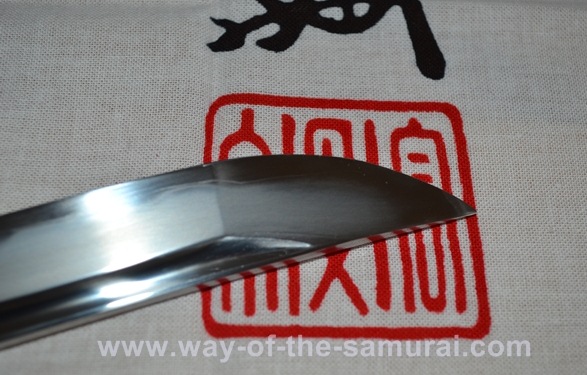
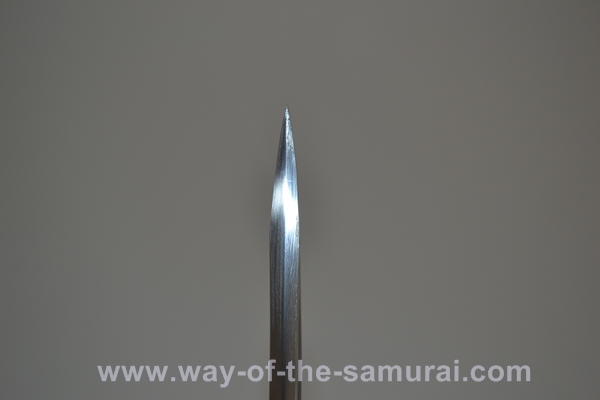
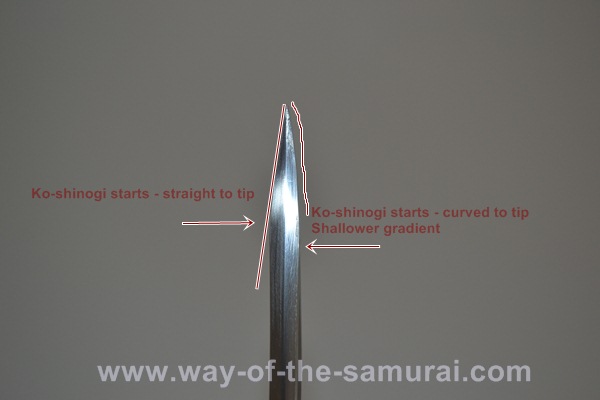
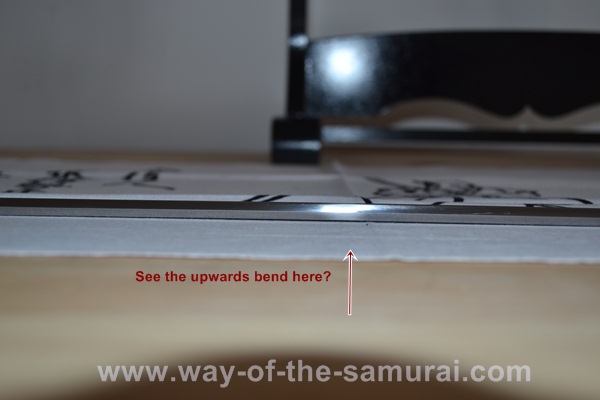
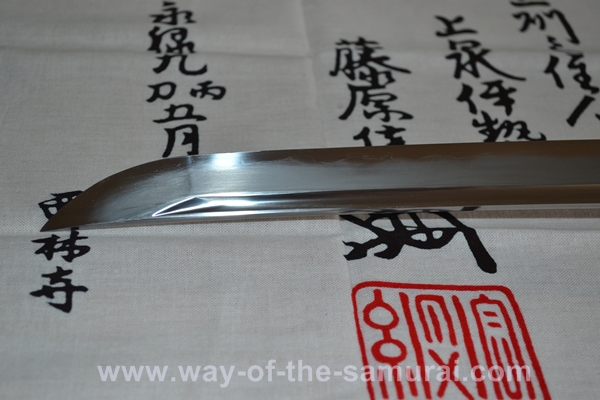
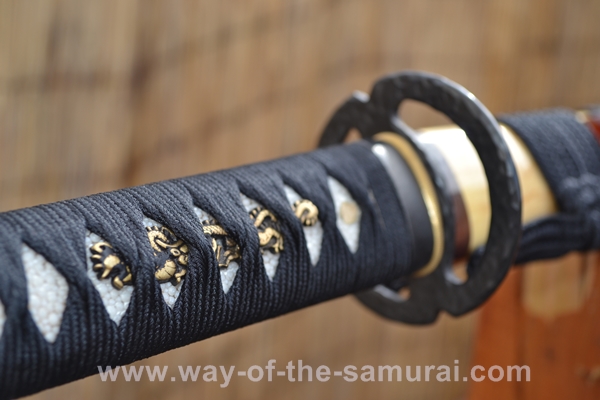





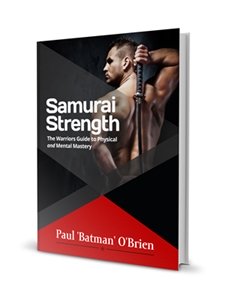
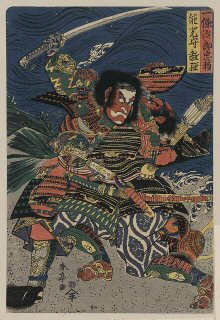
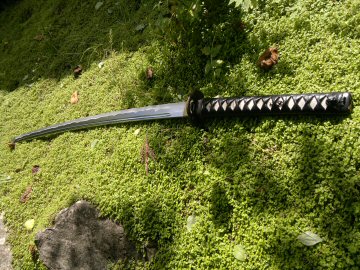
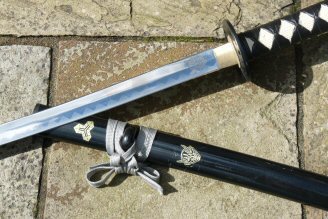
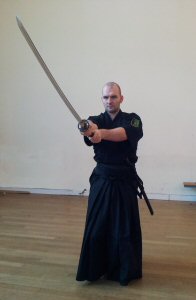
New! Comments
Have your say about what you just read! Leave me a comment in the box below.